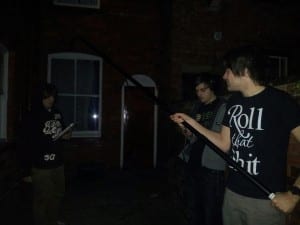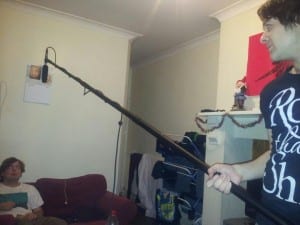I have found a useful part of research into recording location sound ie. the do’s and don’ts to get the best sound out of a location shoot. After doing some test recordings last week and reading this research, I understood that many of the common issues that arose during our test recordings are mentioned in this research, plus there are some extra tips which i would like to test when doing some more test recordings later on this week.
http://www.lenzflare.com/p/_blog/2011/11/03/15-tips-for-recording-better-location-sound/
As well as finding this item of research, I have began reading specific chapters from the book – (Practical Art of Motion Picture Sound – David Yewdall – 2012)
I am finding this book very helpful in broadening my understanding of recording film sound and which techniques to use to get the best audio from a recording session.
The chapters i am focusing on are;
Ch.1 – The Empowerment of Sound
Ch.5 – The Challenging Battlefield of Production
Ch.9 – Spotting the Picture for Sound & Music
Ch.17 – Foley: The Art of Footsteps, Props, and Cloth Movement
I have emailed Grant Bridgeman this morning to arrange a meetup to discuss tips in recording film sound. If this meeting is possible we will draw a lot of knowledge from Grant which will reflect in our own recordings for the film ‘April’. I will hopefully hear back from Grant sometime this week which will confirm the date for the meeting.

